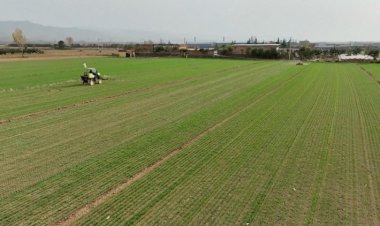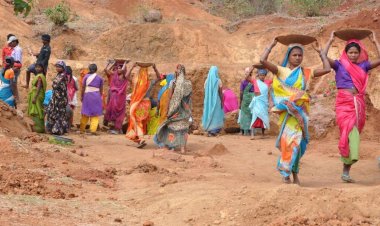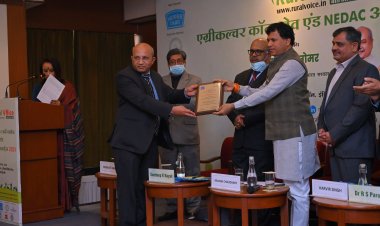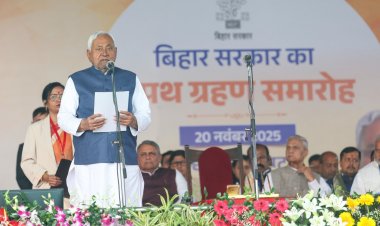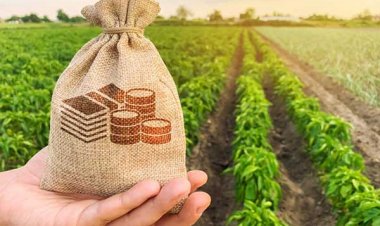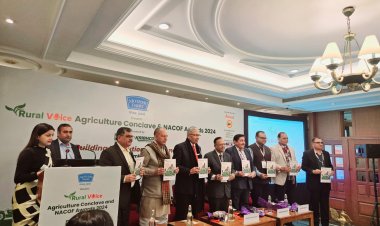In next 25 years, India will be dairy to the world with 628 MMT production and 111 MMT exports: Dr RS Sodhi
In the next 25 years, India will become established as a dairy to the world. By the year 2046, the country’s milk production will go up to 628 MMT, of which 111 MMT will be available for exports. The global dairy trade in the year will be 149 MMT. During this period, the demand for milk and dairy products will go up to 516 MMT. GCMMF (Amul) Managing Director Dr RS Sodhi said these in a presentation on the dairy sector scenario in India and the world in the next 25 years that was given at the International Dairy Federation World Dairy Summit (IDF WDS) 2022.
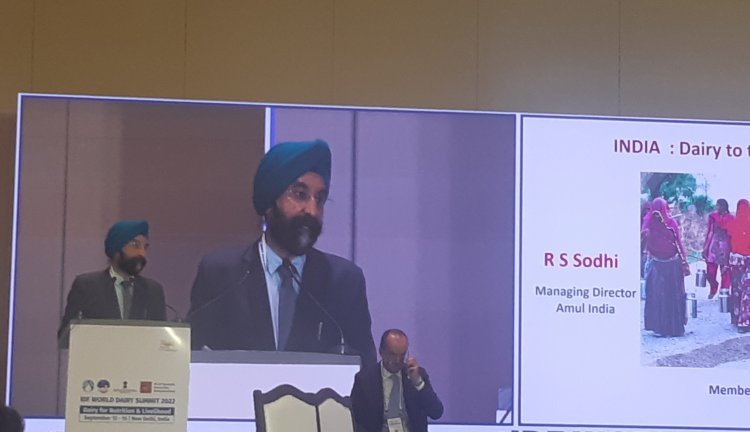
In the next 25 years, India will become established as a dairy to the world. By the year 2046, the country’s milk production will go up to 628 million metric tonnes (MMT), of which 111 MMT will be available for exports. The global dairy trade in the year will be 149 MMT. During this period, the demand for milk and dairy products will go up to 516 MMT. GCMMF (Amul) Managing Director Dr RS Sodhi said these in a presentation on the dairy sector scenario in India and the world in the next 25 years that was given at the International Dairy Federation World Dairy Summit (IDF WDS) 2022.
Dr Sodhi said that this estimate was projected at a compound annual growth rate (CAGR) of 4.5 per cent. As a result, the share of India in global milk production will increase from 23 per cent currently to 45 per cent in 2047. The per capita demand for milk in India will increase by 2.8 per cent CAGR to 852 grams per day, which will amount to 517 MMT per annum, leaving the country with an export surplus of 111 MT. The population of India is projected to touch 1.67bn in the next 25 years.
Comparing the global level with India’s, Dr Sodhi said that milk availability in India had grown at 3 per cent CAGR and currently stood at 428 grams per capita per day while the global average was 308 grams per day.
Elaborating on the increase in milk availability in India and the factors behind it, Dr Sodhi said that at the time of the first IDF Summit in India in 1974, the country’s share in global milk production had been only 6 per cent and our total milk production 26 MMT. But today, when the second IDF Summit is being held in India, our share in global milk production has increased to 23 per cent. And with 209 MMT milk production, the country has become the largest milk producer in the world. While India’s population has increased by 3.8 times since the 1950s, its milk production has gone up by 12.3 times during the same period. The country’s CAGR growth in population has been 1.8 per cent while that in milk production has been 4.8 per cent. Over the last 15 years, India’s milk production has grown at a CAGR of 4.9 per cent while this rate has been 2.3 per cent for the US and 1.3 per cent for the EU. Australia and the Netherlands have witnessed a CAGR of 0.5 per cent and 2.7 per cent respectively. The CAGR for global milk production has 1.9 per cent. In fact, a major reason for the growth in global milk production has been the high growth rate of milk production in India.
Going into the reasons for this spectacular success of milk production in India, Dr Sodhi said that harnessing the collective power of our vast smallholder dairy ecosystem was the main reason behind this. In India, most of the 100mn families that depend on dairying are small dairy farmers. Besides, India has created the most efficient milk supply chain in the world. Indian dairy cooperatives ensure that their farmers get 80-86 per cent of the consumer rupee spent on milk and milk products. On the other hand, this share is 30 per cent in New Zealand, 40 per cent in the EU and 27 per cent in Australia. That is, the higher prices that farmers get in India encourage them to produce more. Consumers getting milk and milk products at affordable prices in India has also led to a growth in demand and enhanced productivity, quality systems and cost efficiency have been the reasons behind this.
Regarding Amul, Dr Sodhi said that the group will have milk procurement of 50 MMT in the next 25 years. By 2047, Amul will handle 11.5 per cent of all marketable surplus milk in India. It will have a CAGR of 7.1 per cent over the next 25 years. The turnover of Amul, which stands at $8.3bn now, will increase to $72bn at a CAGR of 10 per cent during this period.
Mentioning the challenges faced by the dairy sector, Dr Sodhi said that the major challenge ahead was productivity enhancement. Besides, the dairy sector will also have to counter the challenge of plant-based alternatives. With an increase in the urban population in India and a decrease in the rural population, India will have more mouths to feed but fewer hands to produce. Besides, we will have to encourage the younger generation to consume more milk and dairy products.



 Join the RuralVoice whatsapp group
Join the RuralVoice whatsapp group

















